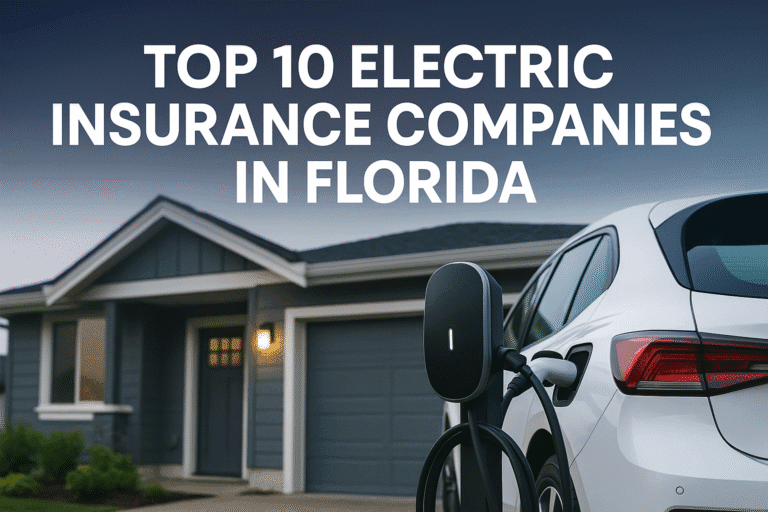Electrical Business Insurance Cost
Understanding the electrical business insurance cost is essential for contractors, electricians, and small business owners. It ensures you are protected from financial risks while also helping you meet legal and client requirements. The cost of insurance varies depending on several factors, including your business location, size, services offered, and coverage limits.
The average electrical business insurance cost in the UK differs significantly from the cost in the USA. In the UK, the monthly cost typically ranges from £35 to £60 depending on your level of coverage. In contrast, the Electrical Insurance Cost Per Month in USA usually falls between $45 and $85. These variations reflect regional differences in legal standards, claim frequencies, and labor costs.
When evaluating your insurance cost, it’s important to understand the types of coverage available. General liability insurance is the most common, but it may not cover everything. Electricians often require multiple layers of protection such as professional indemnity, tools and equipment insurance, employer’s liability (in the UK), or workers’ compensation (in the USA). Each of these adds to the overall insurance cost but also strengthens your business security.
Several factors influence the electrical business insurance cost. Business size is a major one. Larger companies with more employees and higher revenue usually face greater risks, and therefore pay more. The types of services offered also matter. High-risk work like industrial wiring or high-voltage system repairs can push up premiums compared to low-voltage residential work.
Business Location and Premium Differences
Business location impacts the cost heavily. If you operate in a city with a high claim rate or legal compliance cost, your premiums might rise. For example, the Electrical Insurance Cost Per Month in UK cities like London or Manchester is generally higher than in rural areas. Similarly, contractors in New York or California may face higher insurance premiums than those in smaller US states.
Experience and Claims History
Experience and claims history are also critical. Insurers reward electricians with years of incident-free work. If you’ve had multiple claims in the past, your premiums will reflect that. New businesses may also pay more initially until they establish a positive track record.
Regional Cost Table
Here’s a breakdown of typical monthly and annual costs for electrical business insurance across regions:
| Location | Monthly Cost Range | Annual Cost Range |
|---|---|---|
| UK (avg) | £35 – £60 | £400 – £720 |
| USA (avg) | $45 – $85 | $540 – $1020 |
| Urban Areas UK | £60 – £90 | £720 – £1080 |
| Urban Areas USA | $85 – $120 | $1020 – $1440 |
Getting Quotes and Coverage Limits
While these are standard averages, individual quotes vary. Getting quotes from multiple insurers can help you secure better deals. It’s also advisable to work with a broker who specializes in electrical business policies. They can help tailor your plan to specific business needs, potentially reducing the overall cost.
Another essential point to consider is coverage limits. Policies with higher limits obviously cost more. But they also offer stronger protection. A small residential electrician might get by with a $500,000 liability limit. But for larger firms handling commercial projects, $2 million or more is often necessary. The higher your limit, the more confidence clients will have in your business.
Deductibles and Bundling Options
Deductibles also play a part in the electrical business insurance cost. A higher deductible usually means a lower premium. However, you must balance this against your ability to pay out-of-pocket in case of a claim. Choosing a deductible that suits your cash flow is vital.
Bundling your policies can help reduce cost. Many insurers offer package deals for general liability, commercial auto, and workers’ compensation. This is often cheaper than purchasing separate policies. Business owners should always ask about bundle discounts.
Work Environment and Risk Level
The type of work environment also affects insurance pricing. For example, home-based electricians usually pay less. If you’re offering services like Electrical Insurances for Home in USA, your premiums will likely be lower than those handling industrial sites or commercial high-rise buildings.
Understand Exclusions
It’s important to understand policy exclusions too. Not all insurance plans cover everything. Damages due to faulty workmanship, gradual wear and tear, or violations of code are often excluded. Reading the fine print can save you from nasty surprises later.
Role of Technology and Training
Technology also plays a role in managing insurance costs. Using smart tools like GPS tracking in vehicles, job-site cameras, or digital project management can demonstrate your commitment to safety. Insurers sometimes offer discounts for businesses that take proactive risk-reduction steps.
Keeping your certifications and training updated also reflects well with insurers. Completing safety courses and regularly training your staff in compliance matters can reduce the likelihood of accidents, and in turn, reduce your premiums.
Policy Review and Sector Awareness
Reassessing your policy annually is recommended. Business growth, new services, or changing equipment may require policy updates. Staying up to date prevents underinsurance and keeps your business compliant with local regulations.
Electricians offering services in both residential and commercial segments must be especially careful. The Electrical Insurance Cost Per Month in USA for residential work is lower, but switching between sectors may require updated coverage. Always inform your insurer about changes in your work scope.
Cybersecurity and Data Protection
Cybersecurity is another growing consideration. If you maintain client data or accept online payments, adding cyber liability insurance is wise. Though it increases overall electrical business insurance cost slightly, it shields you from data breach liabilities.
Premium Calculation Breakdown
Here’s a simplified technical insight into how insurance premiums are calculated:
| Factor | Influence on Premium |
|---|---|
| Business Size | Larger size = Higher premium |
| Service Risk Level | High-voltage = Higher premium |
| Claims History | More claims = Higher cost |
| Location | Urban = Higher premium |
| Coverage Limit | Higher limit = Higher cost |
| Deductible Level | Higher deductible = Lower cost |
| Safety Record | Better record = Lower premium |
Summary
To summarize, the electrical business insurance cost depends on various interrelated elements. While the average costs in the UK and USA give a starting point, only a customized quote provides accuracy. Electricians should assess their unique risk profile, choose suitable coverage, and review their policy annually to stay protected and financially efficient.
Whether you’re calculating your first policy or optimizing an existing one, understanding these dynamics ensures your electrical business stays insured without overpaying. By managing risks and staying informed, you can keep your insurance cost competitive while securing peace of mind.
Follow Us on Social:
Subscribe our Newsletter on Electrical Insights to get the latest updates in Electrical Engineering.
#ElectricalBusiness, #InsuranceCost, #ElectricalContractor, #BusinessInsurance, #ElectricalCompany, #InsuranceForElectricians, #ElectricalServices, #ElectricalBusinessTips, #ElectricianInsurance, #SmallBusinessInsurance, #TradesmanInsurance, #InsuranceQuote, #ElectricalStartup, #ElectricianCoverage, #BusinessRiskManagement





